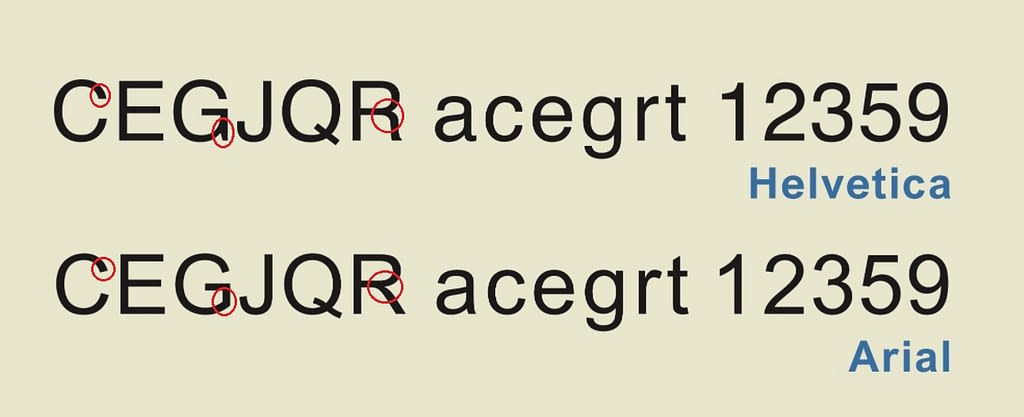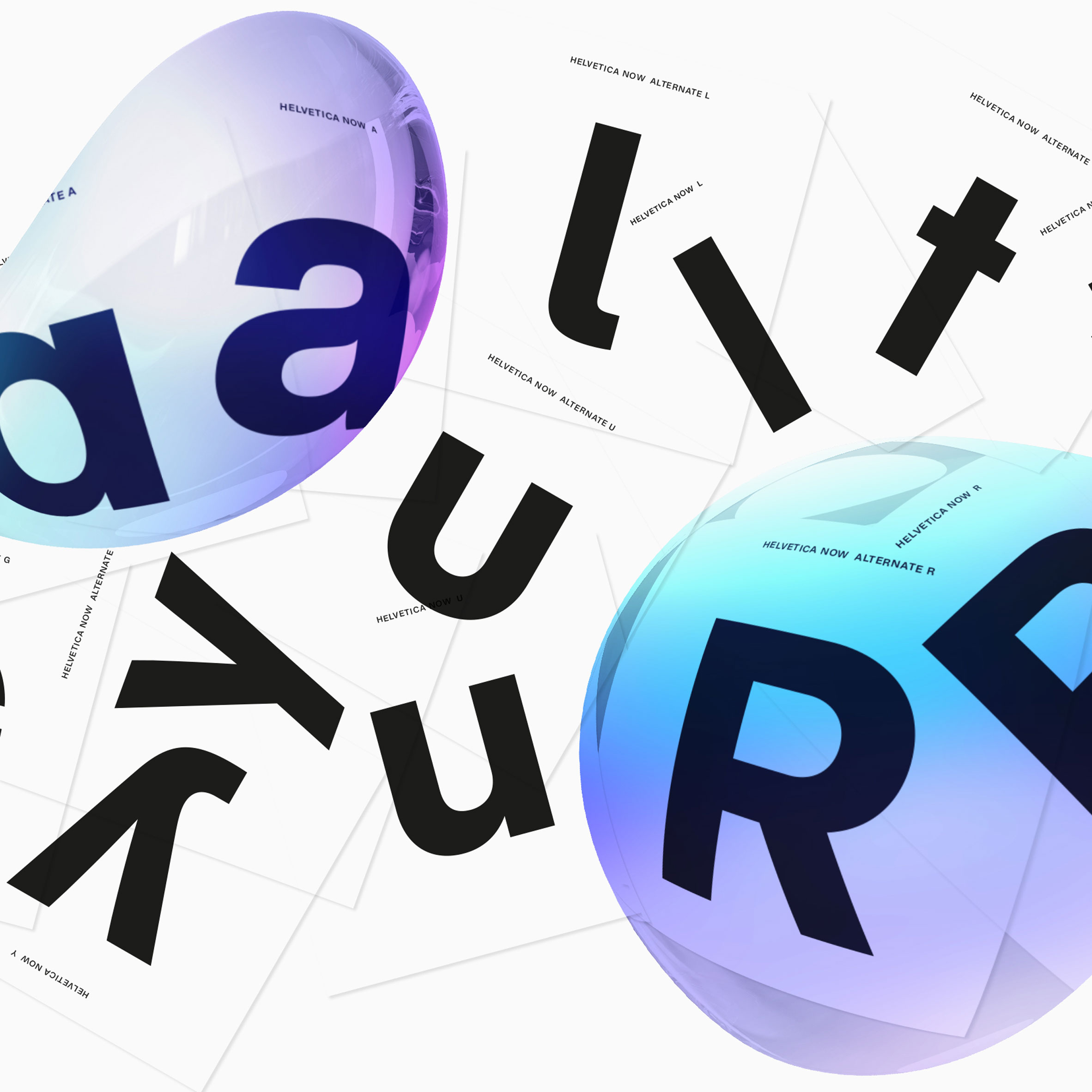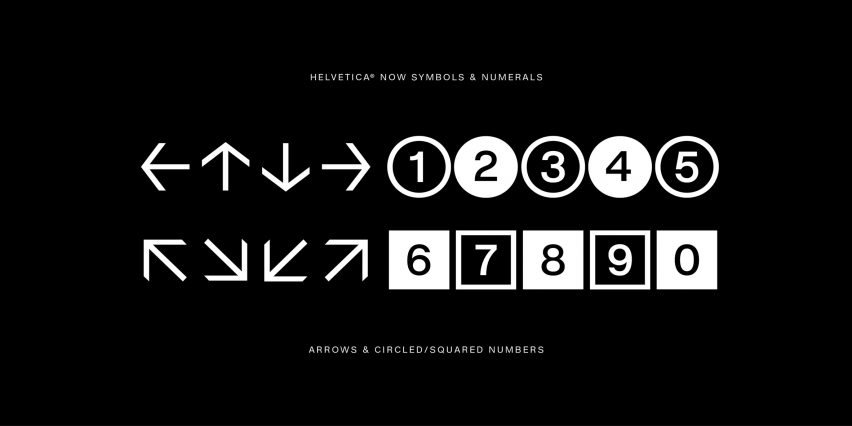

- #Helvetica vs. helvetica now how to
- #Helvetica vs. helvetica now pdf
- #Helvetica vs. helvetica now update
Not that it matters, as the Type 1 versions will no longer work soon. And trying to activate Type 1 versions at the same time, even if successful, will cause conflicts and all sorts of trouble, much like what you are experiencing now. Well, that time is past as these basic fonts are built into a protected System fonts folder and cannot be disabled, and removing them is even more problematic. This caused some minor issues over the years, and many design professionals learned quickly to override the dfont and TrueType versions with the (soon-to-be-sent-packing) Type 1 versions, usually because we use font managers and could easily do that. We have grown so used to thinking that Helvetica is part of the system (as well as the other basic "LaserWriter" fonts, but Apple abandoned the Type 1 versions even before OS X came out in favour of dfont and then TrueType.
#Helvetica vs. helvetica now pdf
Is it possible to add printer marks (crop lines for trimming and color registration) into a PDF that currently does not have this (or has the setting turned off?).Any thoughts on how we might generate a PDF without the Helvetic distortions?.
#Helvetica vs. helvetica now how to
(If we can figure out how to add back in the printer marks into this PDF without going back to our source file, this may be one way to solve the problem). It appears normal, except that Helvetica Normal was somehow swapped out for Helvetica Light in the conversion process. In this version of the PDF (the one without print marks) there is no jumbled Helvetica text.
#Helvetica vs. helvetica now update
To our knowledge, we used the same processes and software to create and update each of the five PDFs, so we don’t know why one would be different. The problem appears to be isolated to only one of the five PDF.

When the PDF is generated, any occurrence of text in a Helvetica font is distorted. The problem occurs when the InDesign files are exported to Adobe Acrobat Pro. While we are planning to phase out Helvetica and other Type 1 fonts (per Adobe’s notice that those will no longer be supported in the future), we need to proceed with trying to get the Helvetica to display properly for our current printing preparations. One of the five PDFs is having a serious glitch (corruption?) that distorts any occurrence of Helvetica fonts.


The company I’m with has a set of five PDFs that we’re using to reprint a book.


 0 kommentar(er)
0 kommentar(er)
